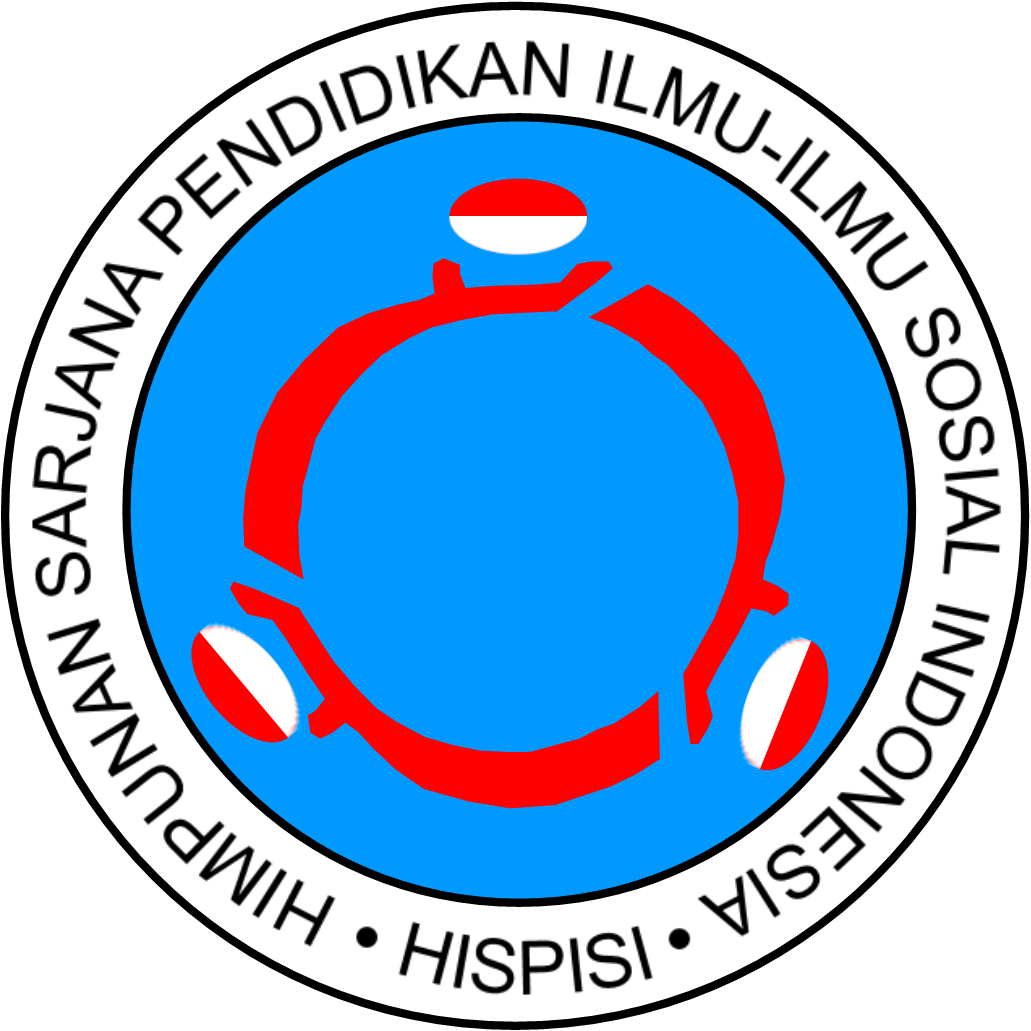HAZARD ANALYSIS OF EARTHQUAKE IN THE MAIN CAMPUS OF UNIVERSITAS PENDIDIKAN INDONESIA
Abstract
This study aims at analyzing the hazard level of earthquake in the main campus Universitas Pendidikan Indonesia (UPI) as a means to improve the preparedness in anticipating disasters. The method used was literature study of which data were analyzed using Geographic Information System (GIS). The analysis of the earthquake zones, the potential frequency, and earthquake magnitude, and the distance from the main campus of UPI to the earthquake zone shows that the danger level is high. In terms of zone, the main campus of UPI is located is in the red zone based on the earthquake disaster risk index from the Indonesian National Board for Disaster Management (BNPB) and the earthquake zoning map from the Indonesian Ministry of Public Works. The main campus of Universitas Pendidikan Indonesia which is located in the northern part of Bandung, belongs to the Severe VIII zone meaning that significantly dangerous earthquake resulting in moderate to severe damage possibly occurs. The risk level calculation of the disaster based on its danger, tendency, and capacity is yet to conduct, so that it becomes the suggestion.
Keywords
Full Text:
PDFReferences
Abidin, H., Djaja, R., Darmawan, D., Hadi, S., Akbar, A., Rajiyowiryono, H., … Subarya, C. (2001). Land Subsidence of Jakarta (Indonesia) and its Geodetic Monitoring System. Journal of the International Society of the Preventation and Mitigation of Natural Hazards, 23(2), 365–387. https://doi.org/10.1023/A:1011144602064
Bakornas PB, B. K. P. B. N. (2007). Pengenalan Karakteristik Bencana dan Upaya Mitigasi di Indonesia, edisi II. Jakarta: Pelaksanaan Harian Badan Koordinasi Nasional Penanganan Bencana.
BNPB. (2011). Peraturan Kepala Badan Nasional Penanggulangan Bencana Nomor 17 Tahun 2011 tentang Pedoman Relawan Penanggulangan Bencana.
Brahmantyo, B. (2005). Geologi Cekungan Bandung. Bandung: Institut Teknologi Bandung.
Budi W., N. (2017). The Analysis of Seismicity and Earthquake Energy in Opak-Oya Fault Area Yogyakarta. Jurnal Sains Dasar, 6(2), 109–115.
Hidayat, E., Brahmantyo, B., & Yulianto, E. (2008). Analisis endapan sagpon pada Sesar Lembang. Jurnal Geoaplika, 3(3), 151–161.
Ibrahim, G., & Subardjo. (2005). Pengantar Seismologi. Jakarta: Badan Meteorologi dan Geofisika.
ISDR, I. S. for D. R. (2004). Living with risk – A global Reinitiatives. Retrieved from http://www.unisdr.org/files/657_lwr1.pdf
Lambas. (2009). Modul Ajar Pengintegrasian Pengurangan Risiko Bencana Gempa Bumi. Jakarta: Pusat Kurikulum Badan Penelitian dan Pengembangan Kementrian Pendidikan Nasional.
Maryani, E., & Furqan, M. H. (2016). Edutourism in Aceh Tsunai Museum (Visitors’ Profil and Expectation). In Proceeding Archipelago Tourism: Marine Tourism in Archipelagic Hemisphere.
Rasmid, R. (2014a). Aktivitas Sesar Lembang di Utara Cekungan Bandung. Jurnal Meteorologi Dan Geofisika, 15(2), 129–136. https://doi.org/http://dx.doi.org/10.31172/jmg.v15i2.182
Rasmid, R. (2014b). Interpretasi Episenter dan Hipposenter Sesar Lembang. Al-Hazen Journal of Physics.
Rohadi, S. (2015). Distribusi Spasial dan Temporal Seismotektonik Wilayah Subduksi Jawa. Jurnal Meteorologi Dan Geofisika, 16(3), 189–198. https://doi.org/http://dx.doi.org/10.31172/jmg.v16i3.289
Rysnawati, N. M., Sukarasa, I. K., & Paramarta, I. B. A. (2009). Analisa Tingkat Bahaya Dan Kerentanan Bencana Gempa Bumi Di Wilayah NTT. Buletin Fisika, 18(1), 32–37.
Shohaya, Nia, J., Chasanah, U., Mutiarani, A., Wahyuni, L., & Madlazim. (2013). Survey dan Analisis Seismisitas Wilayah Jawa Timur Berdasarkan Data Gempa Bumi Periode 1999-2013 Sebagai Upaya Mitigasi Bencana Gempa Bumi. Jurnal Penelitian Fisika Dan Aplikasinya, 3(2), 18–27. https://doi.org/http://dx.doi.org/10.26740/jpfa.v3n2.p18-27
Soehatman, R. (2010). Manajemen Bencana. Jakarta: PT. Dian Rakyat.
Van Bemmelen, R. W. (2000). The Geology of Indonesia. (M. Nyhoff, Ed.). Netherland: The Haque.
Villaverde, R. (2009). Fundamental Concepts of Earthquake Engineering. Square Milton Park, UK: Taylor and Francis.
DOI: https://doi.org/10.17509/jpis.v27i2.12426
Refbacks
- There are currently no refbacks.
Copyright (c) 2018 Lies Wahyuni, Dede Rohmat, Iwan Setiawan

This work is licensed under a Creative Commons Attribution-NonCommercial-ShareAlike 4.0 International License.














